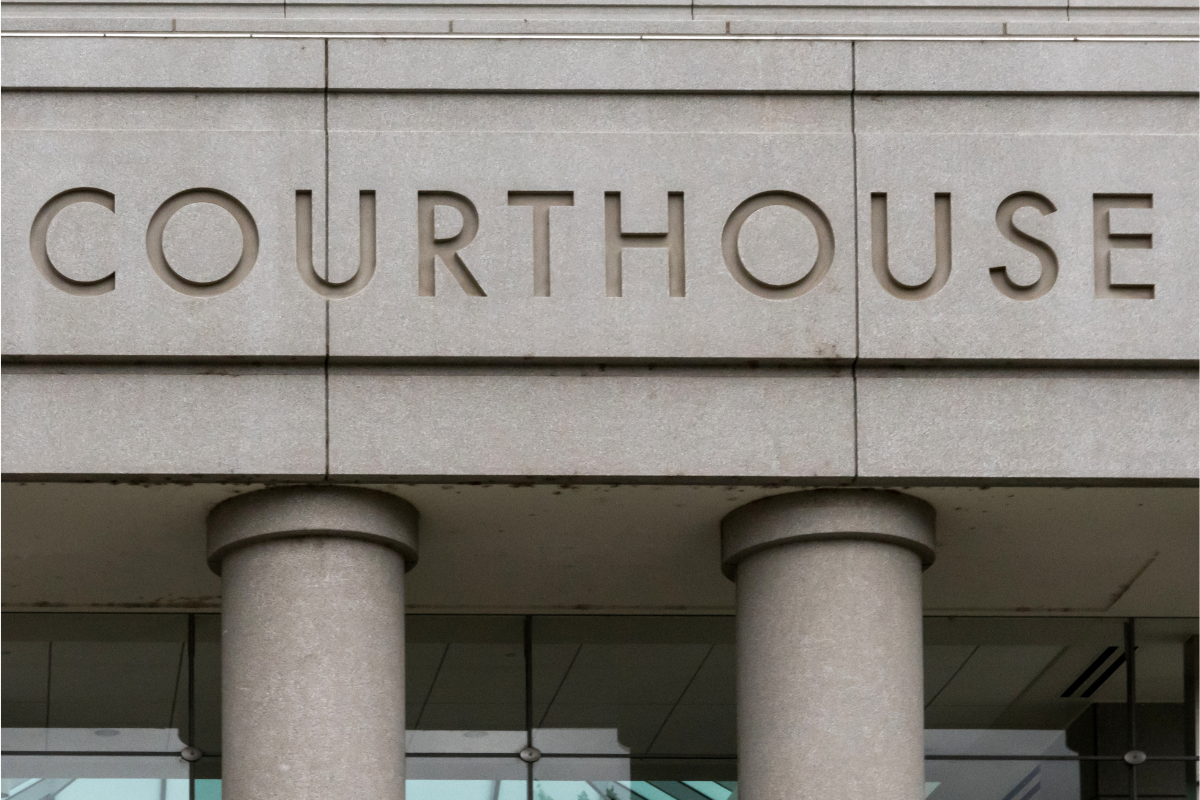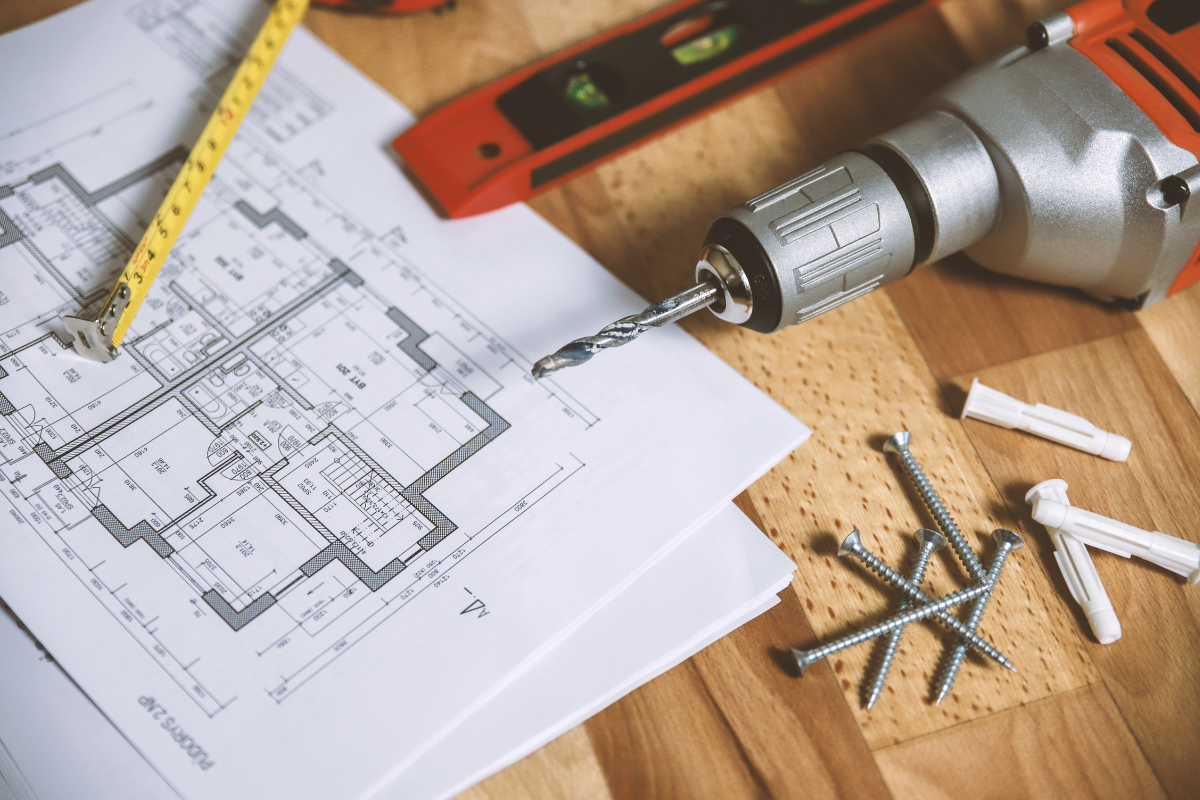Post Disclaimer: This blog reflects the author's personal experience with end-of-life matters and is provided in good faith for informational purposes only. While we aim to provide clear guidance on hard-to-find topics, this content is not legal advice and your use is at your own risk. Estate planning and end-of-life laws vary by location, so please consult your state's laws and seek guidance from a licensed attorney for your specific situation. We make no warranty about the accuracy or completeness of this information, which does not replace professional legal counsel. For more information, please see our full disclaimer.
Navigating estate planning can often feel overwhelming, especially when safeguarding assets for future generations.
One unique tool within this landscape is the Lady Bird Deed.
A Lady Bird Deed, also known as an enhanced life estate deed, allows property owners to transfer real estate to beneficiaries while retaining full control during their lifetime, including the right to sell or mortgage. This transfer avoids probate and enables the property to pass directly to beneficiaries upon the owner's death.
Through a Lady Bird Deed, property owners can transfer their home to heirs upon death, avoiding the lengthy probate process.
This concept might be new to you, but its benefits in estate planning for heirs and executors are significant.
Understanding its role means you're taking a proactive step in estate management, ensuring your loved ones face fewer hurdles later on.

What is a Lady Bird Deed?
A Lady Bird Deed, also known in some circles as an "enhanced life estate deed," is an estate planning tool with notable benefits for homeowners.
It empowers individuals to maintain control of their property during their lifetime, with the ability to transfer it directly to beneficiaries upon death.
Not only does it sidestep the often complex and expensive probate process, but it also differs from traditional deeds by retaining the owner's full rights to sell or mortgage the property without the beneficiary’s consent.
Key Features of a Lady Bird Deed
With a Lady Bird Deed, you unlock unique features that systematically ease the complexities of estate management:
- Enhanced Control: Unlike typical life estate deeds, a Lady Bird Deed allows you to keep full authority over your property. You can sell, lease, or refinance it without involving your beneficiary. This keeps decision-making simple and flexible.
- Avoidance of Probate: One of the most compelling attributes is its ability to keep your estate out of probate court. The property passes seamlessly to the named beneficiary upon the homeowner's death. This seamless transition can alleviate stress during an already difficult time.
- Property Transfer: The deed ensures that your property automatically transfers to your chosen beneficiary after you pass away. No additional paperwork or ongoing legal wrangling is needed, keeping affairs straightforward.
Legal Implications and Requirements
Understanding the legal territory of a Lady Bird Deed ensures it works to your maximum benefit:
- State-Specific Rules: It’s crucial to recognize that not all states recognize Lady Bird Deeds. For example, most commonly used in states like Florida and Texas, it’s vital to confirm your state's stance on its legality. For more information, check out this in-depth guide on state-specific uses of Lady Bird Deeds.
- Drawing Up the Deed: To create a valid Lady Bird Deed, consulting with a legal professional is recommended. They will ensure all requisite legal elements are included, preventing future disputes. The deed must clearly define the life tenant (you) and remainder beneficiaries (those who inherit upon your death).
- Consider Medicaid: Often, people use Lady Bird Deeds as part of larger Medicaid planning strategies. However, ensure you fully understand how this choice interacts with potential Medicaid benefits before proceeding. Expand your understanding through resources like NerdWallet's exploration of Medicaid impacts.
By embracing the strategic advantages of a Lady Bird Deed, heirs, executors, and property owners can simplify the often-complicated process of property transfer following death while maintaining beneficial control during life.
In a world where the legal and emotional challenges of family legacies are real, such deeds offer both a shield and a sword.

Benefits of a Lady Bird Deed
A Lady Bird Deed can be an invaluable asset in estate planning, offering distinct advantages for property owners and heirs.
For those responsible for managing a family estate, understanding these benefits can simplify decisions about property inheritance.
Avoiding Probate
One of the primary advantages of a Lady Bird Deed is its ability to bypass the probate process.
Probate can be a lengthy and costly endeavor that complicates the lives of your loved ones during a time of mourning.
How does a Lady Bird Deed help? It ensures that once the property owner passes away, the property transfers directly to the named beneficiaries.
This direct transfer eliminates the need for a court's involvement, saving time and reducing stress.
As noted in several resources, including this comprehensive guide, avoiding probate is a valuable gift to your heirs.
Tax Benefits
Regarding potential tax benefits, Lady Bird Deeds can offer unique advantages.
For the grantor, this deed can act as a strategic tool for managing estate tax obligations.
Upon the transfer of property, beneficiaries might also benefit from a step-up in basis, which can reduce capital gains taxes if they decide to sell the property later.
For more details on the taxation aspects, you might find this in-depth exploration informative.
Retaining Control During Lifetime
A standout feature of the Lady Bird Deed is its allowance for homeowners to retain full control over their property during their lifetime.
You can live in the home, make renovations, sell it, or refinance without needing approval from the beneficiaries.
This aspect is particularly beneficial as it grants autonomy and flexibility, ensuring decisions remain entirely in the homeowner's hands.
This dynamic is explored in more depth in this legal analysis.
Understanding these key benefits empowers you to design an estate plan that respects your wishes now and after you're gone.
Your estate strategy can benefit remarkably from incorporating such a versatile and effective document.

How to Create a Lady Bird Deed
Navigating the creation of a Lady Bird Deed requires a solid understanding of both legal nuances and procedural steps.
While the process might seem intricate, breaking it down simplifies the journey.
Here’s how to create a Lady Bird Deed, ensuring you remain in control and keep the future hassle-free for your heirs.
Consulting with an Attorney
Before diving into document creation, consulting with a qualified attorney is critical.
Why is this step so vital? Because each state might have different rules governing Lady Bird Deeds, and an attorney's expertise ensures compliance and clarity.
- Expert Guidance: An experienced estate attorney will navigate any legal complexities and tailor the deed to your specific needs.
- Avoiding Mistakes: Handling this process solo might lead to oversights that can invalidate the deed. Seeking professional assistance prevents such pitfalls.
For those considering a DIY approach, this insightful article discusses potential approaches and limitations.
Drafting the Deed
Drafting the Lady Bird Deed involves outlining key details that ensure proper execution and future enforceability.
While drafting, consider these essential elements:
- Clear Identification: Include the full legal names of the grantor (you) and the grantee (your beneficiary).
- Property Description: Incorporate a precise legal description of the property, which can be sourced from the existing deed or county property records.
- Retained Rights: Clearly state the retained rights, such as your ability to sell or modify the property during your lifetime without the grantee's consent.
- Signature and Notarization: Ensure that the deed is signed by all parties and properly notarized to validate the document’s integrity.
Filing the Deed
Once drafted, the next crucial step is filing the deed with the appropriate government office.
Each state and county may have specific requirements for recording deeds, so adhering to local nuances is paramount.
- Recording the Deed: Submit the deed to the local county recorder's or clerk's office. This submission officially records the deed, making it a part of public records.
- Filing Fees: Be prepared to pay any associated filing fees, which can vary by location. Check with your local office for precise details.
- Keeping Copies: After filing, keep copies of the recorded deed for your records and share them with your attorney and executor to ensure seamless access when needed.
Incorporating a Lady Bird Deed can streamline estate planning, but taking these methodical steps ensures it's done correctly.
For further guidance specific to your state, view this detailed guide on state-specific approaches.
By approaching each step with due diligence and the support of a legal professional, the process can be both smooth and effective.

Considerations and Potential Drawbacks
Exploring a Lady Bird Deed brings unique opportunities to streamline estate planning.
Yet, like any legal tool, it comes with aspects that require careful thought.
It's crucial to weigh these considerations to ensure the deed aligns with your overall financial and familial goals.
Impact on Medicaid Planning
Medicaid planning can become murky when a Lady Bird Deed enters the mix.
These deeds gain popularity for their Medicaid asset protection benefits, at least in select states.
By keeping the house outside the Medicaid estate until the homeowner's death, it's possible to qualify for Medicaid without liquidating property.
However, navigating these waters isn't without its sharks.
The effectiveness can vary significantly depending on the state.
For instance, not all medical expenses or situations qualify under such deeds, which means risk remains.
Before making decisions, consult with an estate attorney familiar with your state’s rules.
Policies could impact outcomes significantly.
An in-depth look at Medicaid benefits and Lady Bird Deeds underscores this complexity, highlighting the need for grounded guidance.
Potential Challenges from Heirs
Heirs sometimes see the clearest skies turn cloudy when Lady Bird Deeds are involved.
Sibling rivalries can emerge, creating a choppy sea of disputes over property rights and perceived estate intentions.
While the deed aims to ensure a smooth sail from you to your chosen beneficiary, unexpected legal storms can arise.
Some heirs may perceive unequal distributions or wish to contest the decision, complicating what should've been a swift property handover.
Ensuring clear communication and understanding across family members seems prudent.
Sharing your estate plans openly may prevent challenges down the line.
To engage with these risks genuinely, review the potential limitations and possible necessary additional legal steps to mitigate tensions.
Resources like Zolton Law's insights are invaluable for understanding the subjective complexities attached to Lady Bird Deeds and tempering beneficiaries' expectations.
Ultimately, while the Lady Bird Deed offers a coursing path toward simplicity and control, these considerations remind property owners to cast a wide net in their planning.
Thoughtful, informed decisions can ground estate management, sparing heirs from future trials.

FAQs: What is a Lady Bird Deed?
What is the difference between a Lady Bird Deed and a Transfer on Death Deed?
A Lady Bird Deed, also called an enhanced life estate deed, explicitly spells out the property owner's rights in the deed itself.
It states that during their lifetime, the owner can sell, mortgage, rent, or make any changes to the property without needing permission from the future beneficiary.
When the owner dies, the property automatically transfers to their chosen beneficiary.
A Transfer on Death Deed works more simply, like a beneficiary designation on a bank account.
While the property owner still has full ownership rights during their lifetime, these rights aren't specifically listed in the deed.
It just states that upon the owner's death, the property transfers to the named beneficiary.
Both deeds help avoid probate and can be changed during the owner's lifetime.
However, Lady Bird Deeds are only recognized in a few states (mainly Michigan, Texas, and Florida), while Transfer on Death Deeds are more widely accepted across the United States.
The choice often depends on whether your state recognizes Lady Bird Deeds, whether you want your rights explicitly stated in the deed, and whether you're planning for Medicaid, as Lady Bird Deeds are often preferred for Medicaid planning purposes.
Can multiple beneficiaries be named on a Lady Bird deed, and how does that affect property decisions after the owner's death?
Yes, you can name multiple beneficiaries on a Lady Bird deed, but this arrangement requires careful consideration.
When multiple beneficiaries inherit the property, they become co-owners, sharing both the rights and responsibilities of property ownership.
This means they must unanimously agree on major decisions about the property, such as whether to sell it or how to divide any rental income.
To prevent potential conflicts, the original owner might want to include specific instructions in the deed about how decisions should be made or establish a timeline for selling the property and distributing proceeds among beneficiaries.
What happens if the named beneficiary in a Lady Bird deed passes away before the property owner?
This situation highlights the importance of including contingency planning in your Lady Bird deed.
If the named beneficiary dies before the property owner, the outcome depends on how the deed was written.
Without specific provisions, the deceased beneficiary's interest in the property might pass to their heirs, which may not align with the original owner's intentions.
To prevent this, property owners can include alternate or contingent beneficiaries in the deed or add specific language that addresses such scenarios.
Some deeds include a requirement that the beneficiary must survive the owner by a certain period (like 30 days) to receive the property, helping to avoid complicated situations where both the owner and beneficiary die in close succession.

Wrap-up: What is a Lady Bird Deed?
Understanding Lady Bird Deeds is more than an estate planning strategy; it's a compassionate choice for your loved ones.
These deeds offer significant benefits like avoiding probate and retaining control while you're alive.
They simplify estate transfer, providing clarity and security for heirs in difficult times.
Consider adding Lady Bird Deeds to your estate planning toolkit.
They alleviate stress for both executors and heirs, making transitions smoother.
If you're managing a loved one's affairs, you might find more guidance on the executor's responsibilities.
End-of-life planning doesn't have to be overwhelming.
Equip yourself with knowledge and take proactive steps to care for your family’s future.
How might this deed fit into your estate plan?
Your thoughtful decision ensures your legacy is handled with care.
Check out the Up & Doing glossary page for an alphabetical listing of key terms related to estate administration, funeral planning, and other end-of-life topics.




